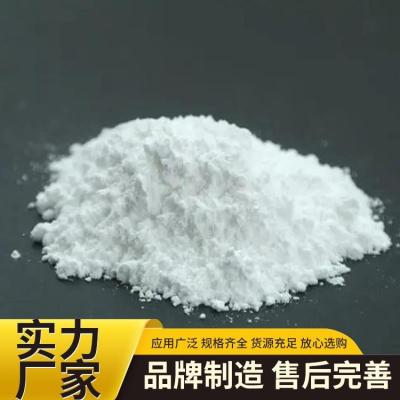Polyvinyl chloride (PVC) is a general-purpose plastic widely used in construction, packaging, automobiles and other fields. However, PVC is prone to thermal degradation during processing, leading to color changes and a decline in physical properties. To inhibit this degradation, heat stabilizers are usually added. Calcium-zinc stabilizers, as an environmentally friendly heat stabilizer, have gradually replaced traditional lead salt stabilizers and have been widely used in rigid PVC. This article will conduct a detailed discussion on the mechanism of action, application effects, advantages and disadvantages of calcium-zinc stabilizers.
The mechanism of action of calcium-zinc stabilizers
Calcium-zinc stabilizers mainly function through the following mechanisms:
1.Neutralizing hydrogen chloride (HCl) : During the heating process of PVC, HCl is released, further accelerating the degradation of PVC. The calcium and zinc ions in calcium-zinc stabilizers can react with HCl to form stable calcium chloride and zinc chloride, thereby inhibiting the catalytic effect of HCl.
2. Replacing unstable chlorine atoms: The metal ions in calcium-zinc stabilizers can replace the unstable chlorine atoms on the PVC molecular chain, reducing the breakage of the PVC molecular chain.
3. Antioxidant effect: Some components in calcium-zinc stabilizers have antioxidant properties, which can inhibit the oxidative degradation of PVC during processing and use.

2. Processing performance
Calcium-zinc stabilizers can improve the processing performance of rigid PVC. During processing such as extrusion and injection molding, calcium-zinc stabilizers can enhance the melt fluidity of PVC, reduce the wear of processing equipment, and extend the service life of the equipment. In addition, calcium-zinc stabilizers can also reduce the smoke and odor during the processing of PVC, improving the working environment.
3. Physical properties
Calcium-zinc stabilizers also have a positive impact on the physical properties of rigid PVC. Studies show that rigid PVC with calcium-zinc stabilizers added has high tensile strength, impact strength and hardness. In addition, calcium-zinc stabilizers can also enhance the weather resistance and chemical resistance of PVC, enabling it to have a longer service life in outdoor and harsh environments.
4. Environmental protection performance
Calcium-zinc stabilizer is an environmentally friendly heat stabilizer that does not contain harmful heavy metals such as lead and cadmium and complies with the requirements of environmental protection regulations such as RoHS and REACH. Compared with traditional lead salt stabilizers, calcium-zinc stabilizers cause less harm to the environment and human health during production and disposal, and thus are increasingly widely used in rigid PVC.
The advantages and disadvantages of calcium-zinc stabilizers
1. Advantages
- Environmental protection: Free of harmful heavy metals such as lead and cadmium, in compliance with environmental protection regulations.
- Good thermal stability: Effectively inhibits the thermal degradation of PVC and extends the processing window.
- Excellent processing performance: Enhances melt fluidity and reduces equipment wear.
- Excellent physical properties: Enhance the tensile strength, impact strength and hardness of PVC.
2. Disadvantages
- Higher cost: Compared with traditional lead salt stabilizers, calcium-zinc stabilizers have a higher cost.
- Limited stability: Under extreme high temperatures or prolonged heating conditions, the thermal stability of calcium-zinc stabilizers may be inferior to that of some traditional stabilizers.
Conclusion
The application effect of calcium-zinc stabilizers in rigid PVC is remarkable, featuring excellent thermal stability, processing performance and physical properties. As an environmentally friendly heat stabilizer, calcium-zinc stabilizer meets the requirements of modern industry for environmental protection and sustainable development. Although its cost is relatively high, with the increasingly strict environmental protection regulations and the improvement of consumers' environmental awareness, the application prospects of calcium-zinc stabilizers in rigid PVC are broad. In the future, by further optimizing the formula and production process of calcium-zinc stabilizers, it is expected that their application effect in rigid PVC can be further improved while reducing costs.






